iberian_guest
New member
- Joined
- May 7, 2007
- Messages
- 17
- Reaction score
- 7
- Points
- 0
- Location
- Spain
- Country
- Spain
- Display Name
- Rubén Martínez
Some pics of this ssp., present in the slopes of the cantabrian coast, on the temperate/rainy forests of Quercus robur.
In some populations red individuals are frequent...
In some populations red individuals are frequent...
Attachments
-
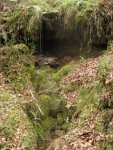 fast_biotop1.jpg138.2 KB · Views: 799
fast_biotop1.jpg138.2 KB · Views: 799 -
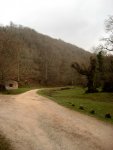 fast_biotop2.jpg112.2 KB · Views: 604
fast_biotop2.jpg112.2 KB · Views: 604 -
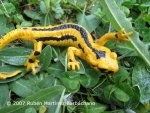 fast1 copia.jpg110.3 KB · Views: 701
fast1 copia.jpg110.3 KB · Views: 701 -
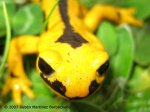 fast2 copia.jpg115.5 KB · Views: 624
fast2 copia.jpg115.5 KB · Views: 624 -
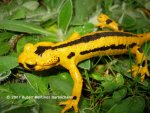 fast3 copia.jpg121.6 KB · Views: 643
fast3 copia.jpg121.6 KB · Views: 643 -
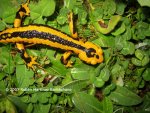 fast7 copia.jpg126.5 KB · Views: 679
fast7 copia.jpg126.5 KB · Views: 679 -
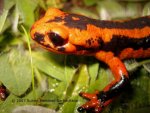 fast_4 copia.jpg104.2 KB · Views: 655
fast_4 copia.jpg104.2 KB · Views: 655 -
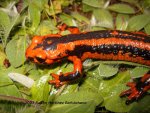 fast_5 copia.jpg112.2 KB · Views: 3,795
fast_5 copia.jpg112.2 KB · Views: 3,795
